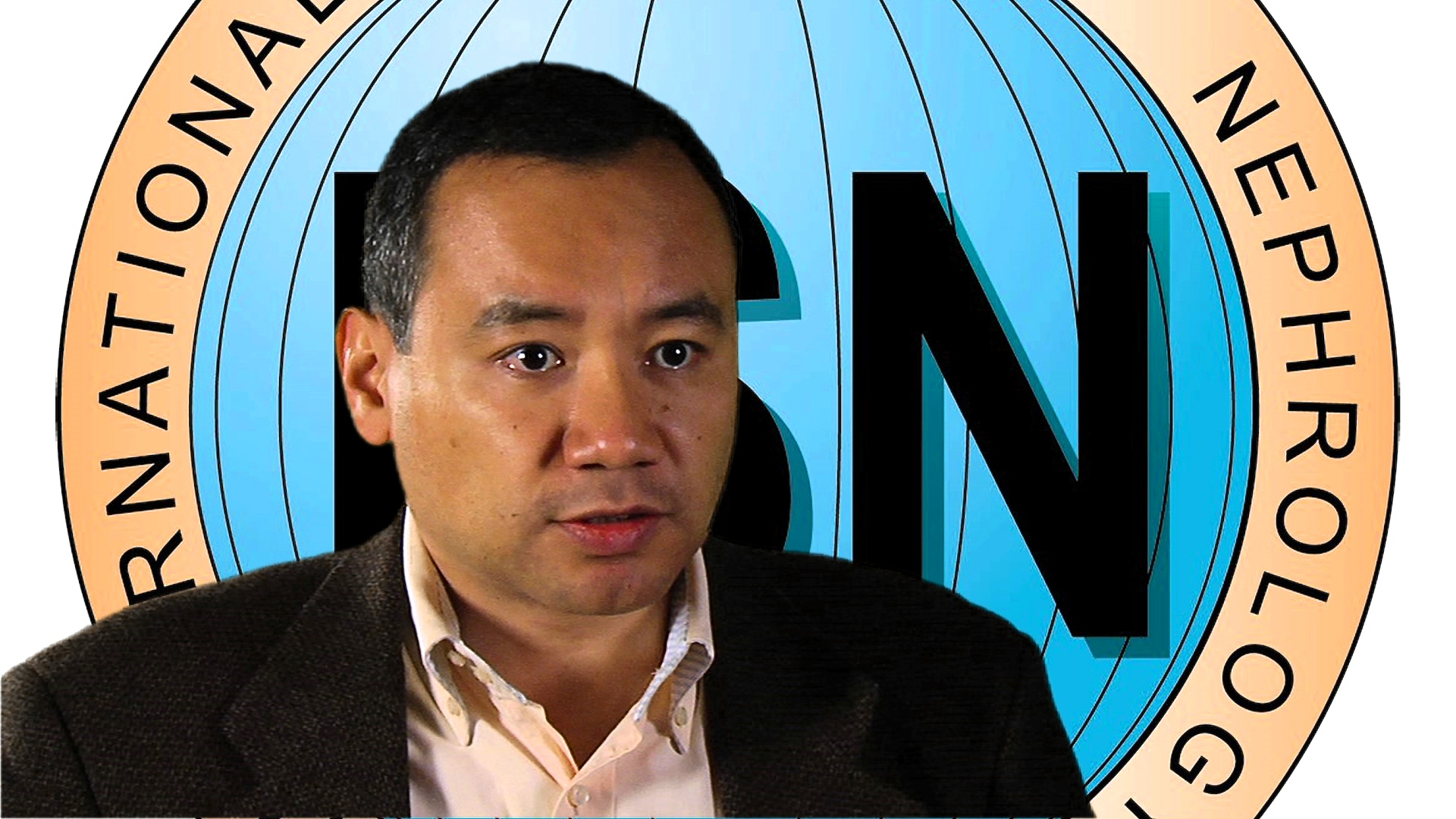
Transplant Cost Reduction in a Developing Country: “the case of Guatemala”
Sindy Mendez1, Brooke Ramay2, Edgar Reyes1, Angie Aguilar-González1, Randall Lou-Meda1.
1Servicio de Nefrología, Hipertensión, Diálisis y Trasplante , Hospital Roosevelt/FUNDANIER, Guatemala, Guatemala; 2Departament Pharmaceutical Chemistry, Universidad del Valle de Guatemala, Guatemala, Guatemala
Background: Guatemala, situated in Central America, south-west of Mexico has a population of approximately 16 million people of which 60% are younger than 20 years of age. As any other developing country, Guatemala struggled with limited economic resources devoted to treat non-communicable diseases. Therefore, renal replacement therapy (RRT) competes with other urgent needs, such as treatment of infections. In 2010, FUNDANIER (Foundation for Children with Kidney Diseases) signed a cooperative agreement with the Ministry of Health, through Roosevelt Hospital, one of two tertiary level hospitals in the national network. The goal of the agreement was to create a comprehensive Pediatric Nephrology program, providing free access to RRT to Guatemalan children. In Guatemala, the pediatric ESRD incidence rate was calculated in 4.6 per million inhabitants under the age of 20. Of the 432 patients with CKD on our database, 193 patients had CKD stage 5. The majority received peritoneal dialysis (40.4%), followed by hemodialysis (26.4%), transplant (12.4%), and no RRT (conservative management; 17.6%). One of limitations for the kidney transplant is the high cost, which avoids transplant for the majority of patients. Many efforts had been made to decrease the transplant maintenance cost: Replacement of mycophenolate for azathioprine and the addition of Ketoconazole to our protocol.
Methods: In 2016, a retrospective, case-crossover was conducted. The study aimed to identify clinical endpoints post transplant with and without ketoconazole added to immunosuppressive maintenance protocol. Charts were reviewed if patients were younger than 18 years old, at least 3 months post transplant received tacrolimus protocol and were switched over to ketoconazole/tacrolimus combination and attended the outpatient transplant clinic. As security measures were compare: doses and levels of tacrolimus, number of rejection graft and level of transaminases before and after the dose of ketoconazole.
Results: A group 25 patient with an average age of 13.08 years. Patients were from living donors (96%). Twelve (48%) patients were male. The average tacrolimus dose before initiating was 0.13/kg/day and after ketoconazole was 0.06mg/kg/day. The median tacrolimus blood levels remains in limit range. None of the patients demonstrated a variation in the transaminase levels. Changes in eGFR and graft rejections were not significant.
Conclusions: The administration of ketoconazole reduced the amount of tacrolimus given to the patients without finding a relevant variation in the tacrolimus levels, number rejection graft or significant liver toxicity. This allowed the reduction of the cost used for maintenance of the anti-rejection medication.
